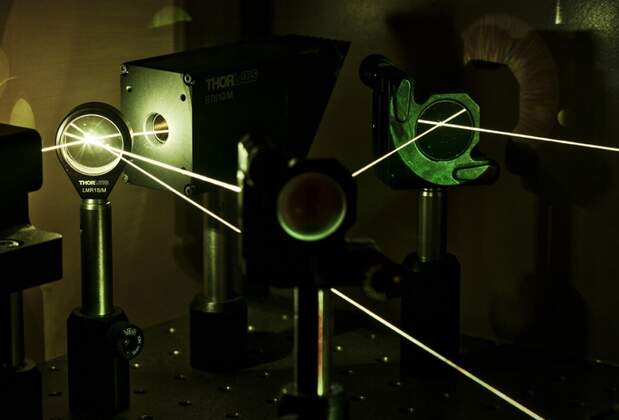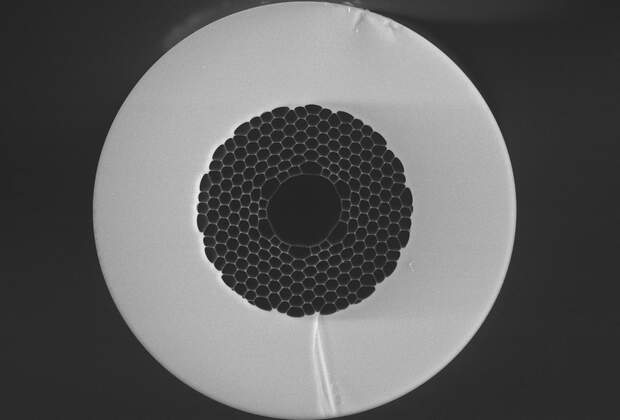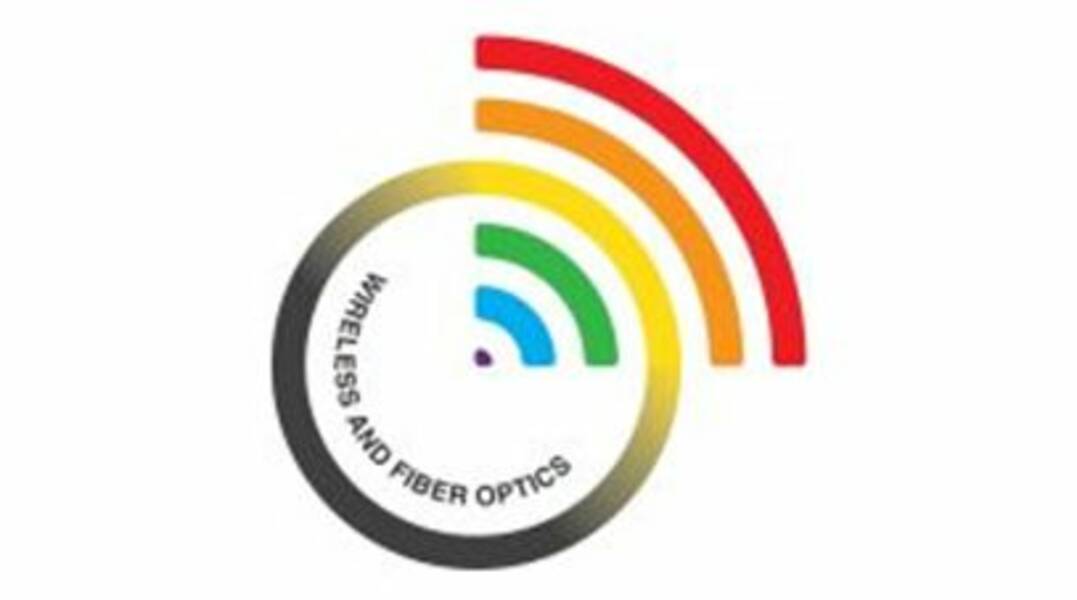At the moment the research of our team is mainly focused on hollow-core photonic bandgap fibres (HC-PBGFs) and anti-resonant fibres (ARFs), where both fibre types guide light in a hollow air-core. Hollow-core fibres offer many advantages over conventional solid-core fibres due to the strongly reduced interaction of the guided light with the glass material. Examples of such benefits are the extremely low fibre non-linearity, low and stable signal latency, the possibility to construct long-length gas cells.
We concentrate on the efficient light coupling from standard solid-core fibres into hollow-core fibres. We have designed and developed the interconnection using a world-unique approach. We propose anti-reflective or highly reflective layers with respect to state-of-the-art research applications. All this is made on an international level in cooperation with one of the world-leading institutes in PCFs, the University of Southampton.
Our background includes experience with PCF characterization, fibre tapering for sensor purposes, rare-earth doped amplifiers and lasers. Furthermore, we have a brand new glass fusion station, the top-shelf Fujikura/AFL LZM-100 giving us countless possibilities of research extensions.





